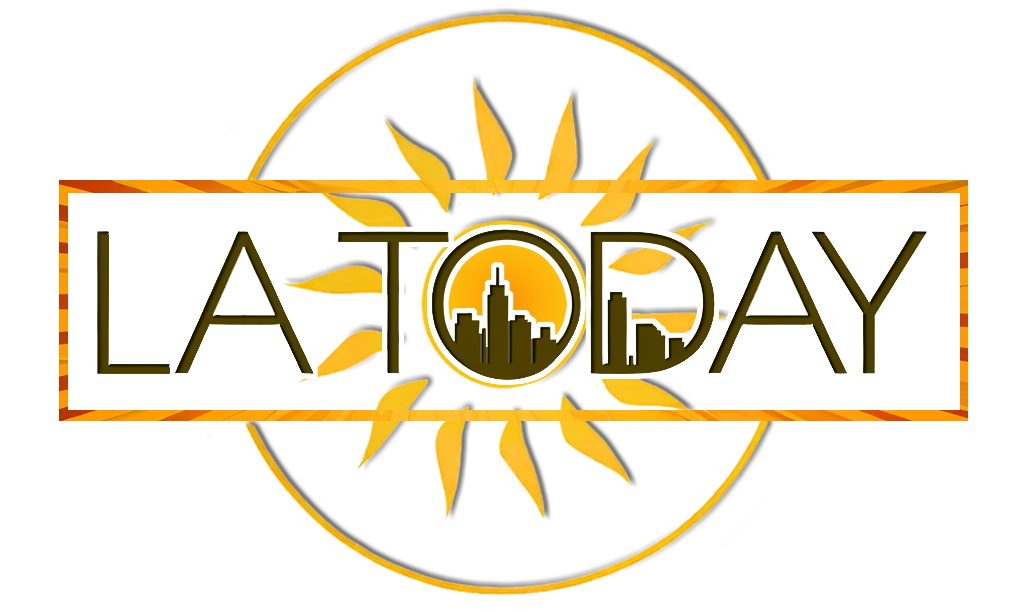The Controversial Implications of Google’s Gemini AI: A Deep Dive into Watermark Removal
In the rapidly evolving world of artificial intelligence, new breakthroughs often come with unexpected consequences. Recently, users on social media have unearthed a contentious application for Google’s Gemini AI model, which has raised eyebrows and sparked debates among creators, copyright holders, and tech enthusiasts alike. The Gemini 2.0 Flash model, particularly its image generation and editing capabilities, has been found to effortlessly remove watermarks from images, including those from prominent stock media companies like Getty Images. This revelation not only showcases the power of AI but also poses significant ethical and legal questions about copyright infringement.
Understanding Gemini 2.0 Flash
Google expanded access to its Gemini 2.0 Flash model last week, introducing an advanced feature that allows users to generate and modify images using simple text prompts. This capability is not just a technical advancement; it offers a glimpse into the future of creative tools in the digital age. The Gemini model is positioned as a groundbreaking tool for artists and designers, enabling them to explore their creativity without the limitations imposed by traditional software.
However, the absence of sufficient guardrails is alarming. Reports indicate that Gemini 2.0 Flash does not hesitate to create images featuring celebrities or copyrighted characters. More concerning is its ability to remove watermarks from existing images while attempting to reconstruct any areas impacted by the watermark’s removal. This functionality has led users to exclaim, “New skill unlocked: Gemini 2 Flash model is really awesome at removing watermarks in images!” on platforms like X and Reddit.
The Technical Capabilities of Gemini 2.0 Flash
One of the standout features of Gemini 2.0 Flash is its proficiency in editing images. Users have found that the model can not only generate new images but also manipulate existing ones in ways that were previously unimaginable. Despite being labeled as “experimental” and “not for production use,” this model is accessible through Google’s developer tools, including AI Studio.
While it excels at watermark removal, Gemini 2.0 Flash is not without limitations. The model reportedly struggles with semi-transparent watermarks or those that cover significant portions of an image. Nevertheless, its effectiveness in editing and watermark removal has garnered attention, leading to a mix of excitement and apprehension among users.
Legal Implications and Ethical Concerns
The emergence of Gemini 2.0 Flash has reignited discussions about copyright laws and ethical use of AI technology. Removing a watermark without the original creator’s consent is considered illegal under U.S. copyright law, with law firms warning that such actions can be subject to legal repercussions. Copyright holders are likely to be alarmed by the implications of this AI model, as it can facilitate unauthorized use of their work.
Other AI models, such as Anthropic’s Claude 3.7 Sonnet and OpenAI’s GPT-4o, have taken a firmer stance on copyright issues. Claude explicitly refuses to engage in watermark removal, labeling such actions as “unethical and potentially illegal.” This divergence in approach raises questions about responsibility and accountability in the rapidly advancing AI landscape.
In response to concerns, Google has issued a statement emphasizing that “using Google’s generative AI tools to engage in copyright infringement is a violation of our terms of service.” The company has acknowledged the experimental nature of Gemini 2.0 Flash and is actively monitoring user feedback to understand the implications better.
The Role of Artificial Intelligence in Creative Industries
As AI technologies like Gemini 2.0 Flash become more integrated into creative processes, the boundaries of art, ethics, and legality are increasingly blurred. Artists and creators have long relied on tools to enhance their work, but the capabilities of AI can raise the stakes significantly. For instance, while AI can assist in generating ideas or even mimic artistic styles, using it to infringe on copyright poses a serious threat to the livelihoods of many creators.
In the age of digital media, the ability to remove watermarks can lead to widespread misuse of content. Stock images, often protected by copyright, serve as a primary revenue source for photographers and visual artists. The unauthorized removal of watermarks not only undermines their work but also sets a dangerous precedent that could diminish the value of original content.
The Future of AI and Copyright
As AI continues to advance, it is crucial for stakeholders, including developers, artists, and legal experts, to engage in ongoing conversations about the implications of these technologies. The case of Gemini 2.0 Flash illustrates the need for robust ethical guidelines and legal frameworks that can adapt to the changing landscape of AI.
Developers and companies must take responsibility for ensuring that their tools are used ethically and legally. This includes implementing stricter guidelines on how AI can be utilized, particularly concerning copyright material. Meanwhile, creators must remain vigilant in protecting their rights and advocating for fair use policies that reflect the realities of the digital age.
Conclusion
Google’s Gemini 2.0 Flash model represents a significant leap forward in the capabilities of AI, especially in image generation and editing. However, its controversial ability to remove watermarks raises profound ethical and legal questions that must be addressed. As technology continues to evolve, it is imperative for all stakeholders to collaborate in establishing clear guidelines that balance innovation with the protection of intellectual property. The future of AI in creative industries will depend on how effectively we navigate these challenges, ensuring that the benefits of technology do not come at the expense of creators’ rights.





